| T O P I C R E V I E W |
| James N. |
Posted - October 27 2013 : 7:41:35 PM
Image Insert:
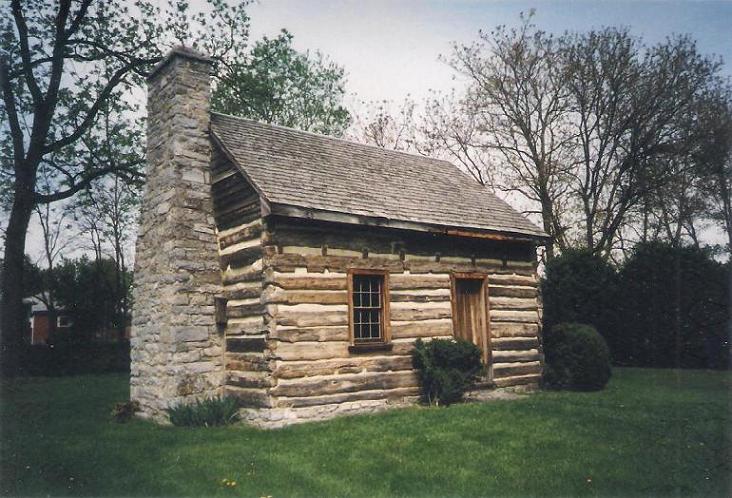
87.42 KB
An example of a typical early log home now preserved in a city park.
Winchester was the largest and one of the oldest communities in the Lower Shenandoah Valley, dating back to early Colonial settlement when it was part of the vast land grant awarded by the British Crown to Thomas, Lord Fairfax. Unlike most holders of them who remained in England and merely sent their representatives to administer the lands, encourage and supervise settlement, and most important, collect rents, rugged individualist Lord Fairfax himself emigrated to escape his homeland for life on Virginia's frontier. To gain a more accurate idea of his holdings he employed surveyors, the most famous of which was a friend and neighbor of his nephew George William Fairfax, the young George Washington.
Image Insert:
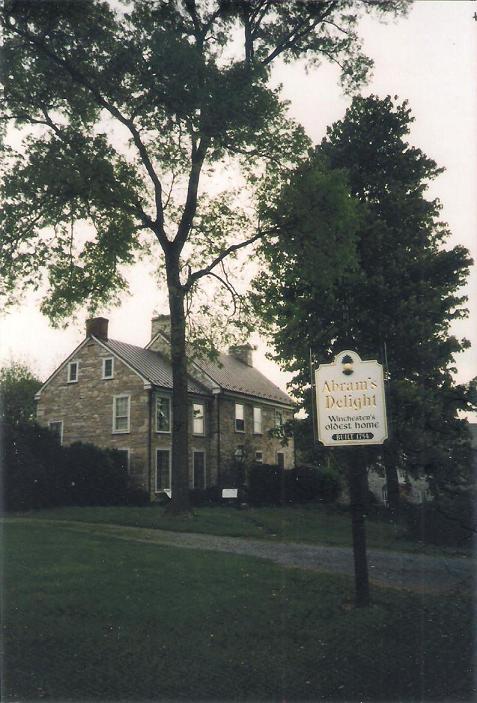
71.81 KB
Abram's Delight, ca. 1754 ( above and below ), is claimed to be Winchester's oldest surviving home, and now serves as the city visitor center.
Image Insert:
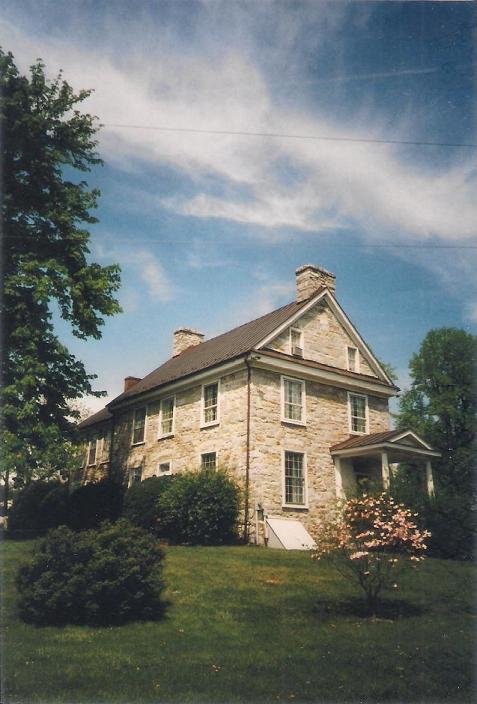
55.1 KB
Image Insert:
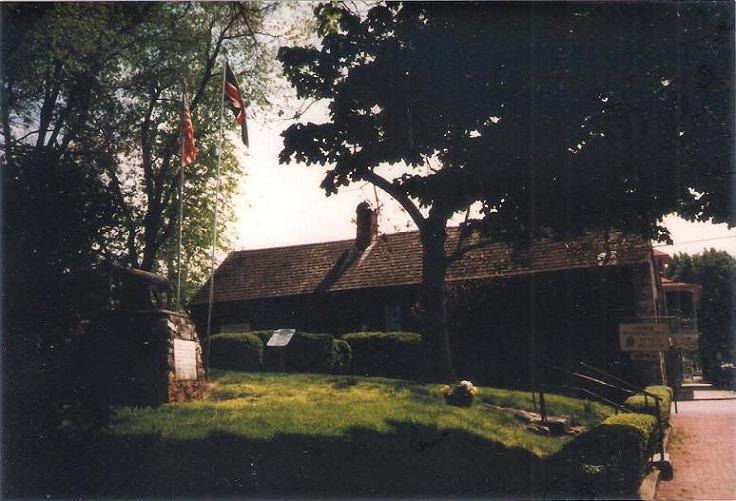
65.28 KB
During the French and Indian War from 1756 to 1758, the now Col. George Washington commanded this district west of the Blue Ridge Mountains using Winchester as his base. His companies of the Virginia Regiment were scattered in small outposts throughout the Shenandoah Valley to protect it from Indian depredations which plagued the frontier following the defeat of Gen. Braddock at the Battle of the Monongahela July 9, 1755. The hostile tribes using French-held Fort Duquesne ( modern Pittsburg, Pa. ) as a base continued their raids until that place was finally captured in Forbes' Expedition of 1759 which saw Washington serve as the commander of a small brigade consisting of his own and another Virginia regiment. The building is touted as George Washington's Office, but the relationship seems pretty tenuous; presumably it dates from one of Washington's periods of residency, but as surveyor or Virginia commander isn't made clear!
Image Insert:

80.68 KB
Following the French and Indian War there was a great influx of settlers into the Shenandoah Valley, largely of Germanic and Scots-Irish stock passing south from central Pennsylvania. Many were the ancestors of members of the Stonewall Brigade in the next major war in the region. The Revolution touched the Valley only lightly; soon aftrwards, Lord Fairfax, now an American citizen, died and is buried in a churchyard in downtown Winchester, below.
Image Insert:
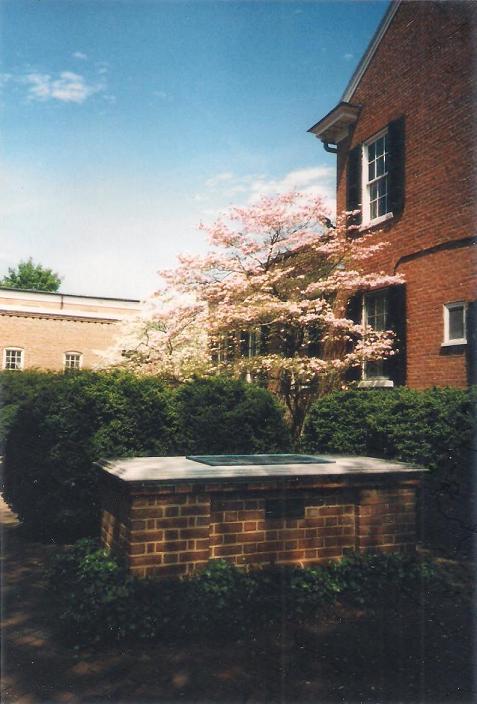
55.07 KB
Image Insert:
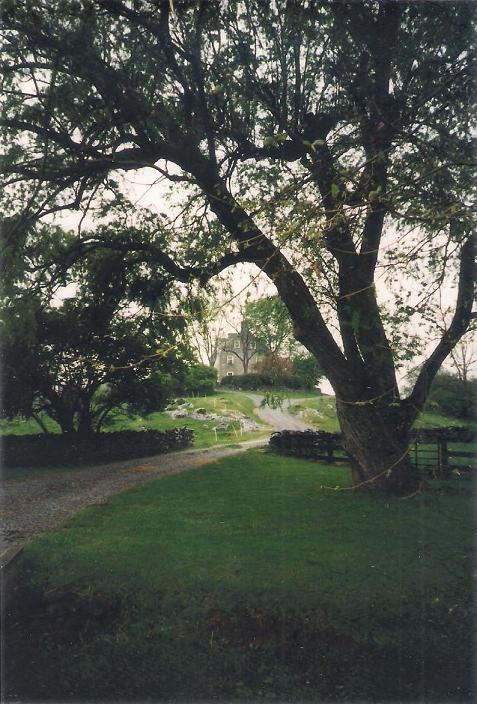
82.97 KB
One of the area's most notable residents was General Daniel Morgan, hero of Quebec, Saratoga, and Cowpens, whose large stone estate outside town is said to have been built by Hessian prisoners who were quartered for a time in the Shenandoah. Morgan is buried in the city's Mount Hebron Cemetery,below.
Image Insert:

75.04 KB
Above is Morgan's original stabilized gravestone; below is a modern Twentieth Century memorial near it.
Image Insert:
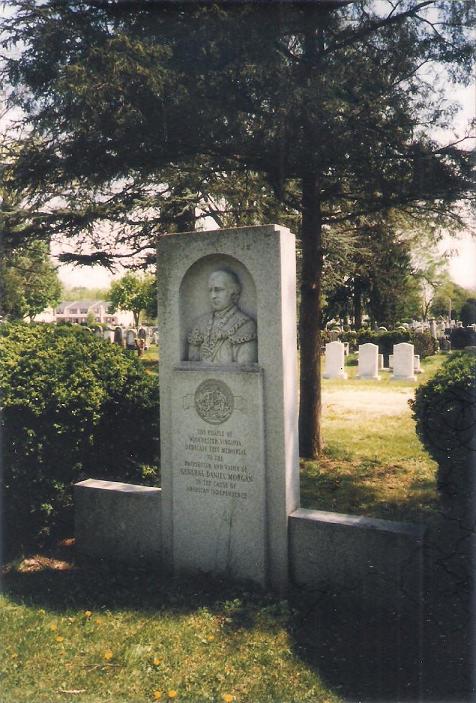
77.3 KB
|
| 2 L A T E S T R E P L I E S (Newest First) |
| Monadnock Guide |
Posted - October 28 2013 : 7:29:55 PM
Another good post James, ... with the usual excellent information. - Like that log home, - simple, but efficient. |
| Fitzhugh Williams |
Posted - October 28 2013 : 07:32:32 AM
Thanks for the pictures. I have passed by Winchester many times but had no idea all that was there. I am thinking that the next time I go to Fort Frederick this would make a great side trip. |
|

![The Mohican Board! [Bumppo's Redux!] The Mohican Board! [Bumppo's Redux!]](images/wwwboard.gif)

